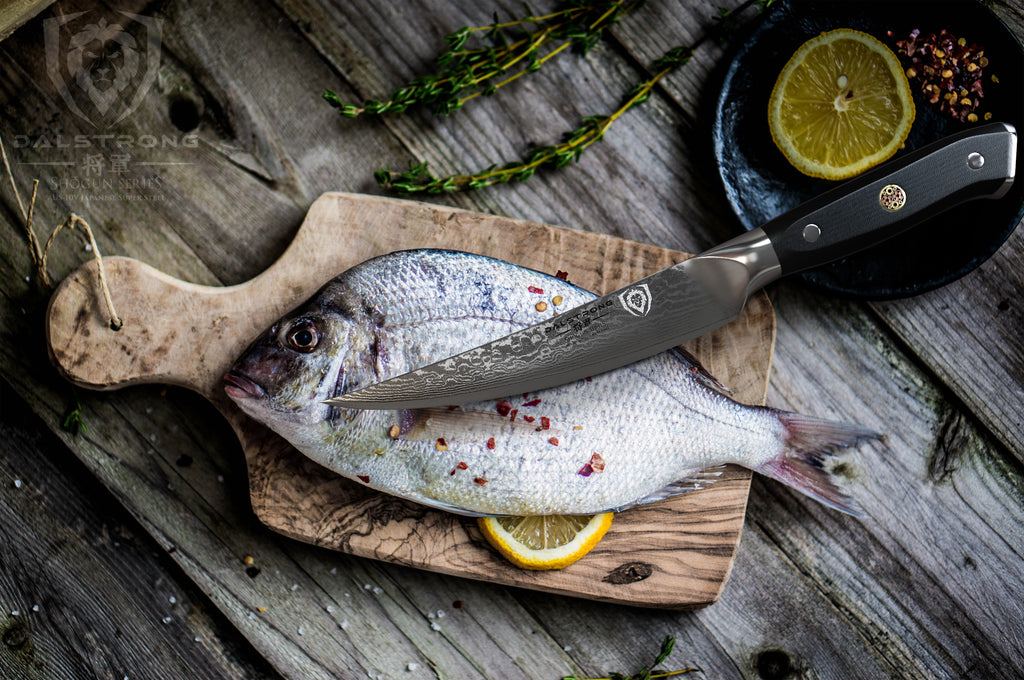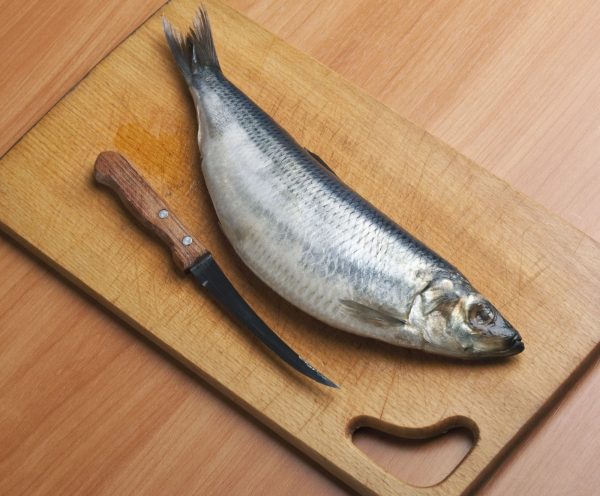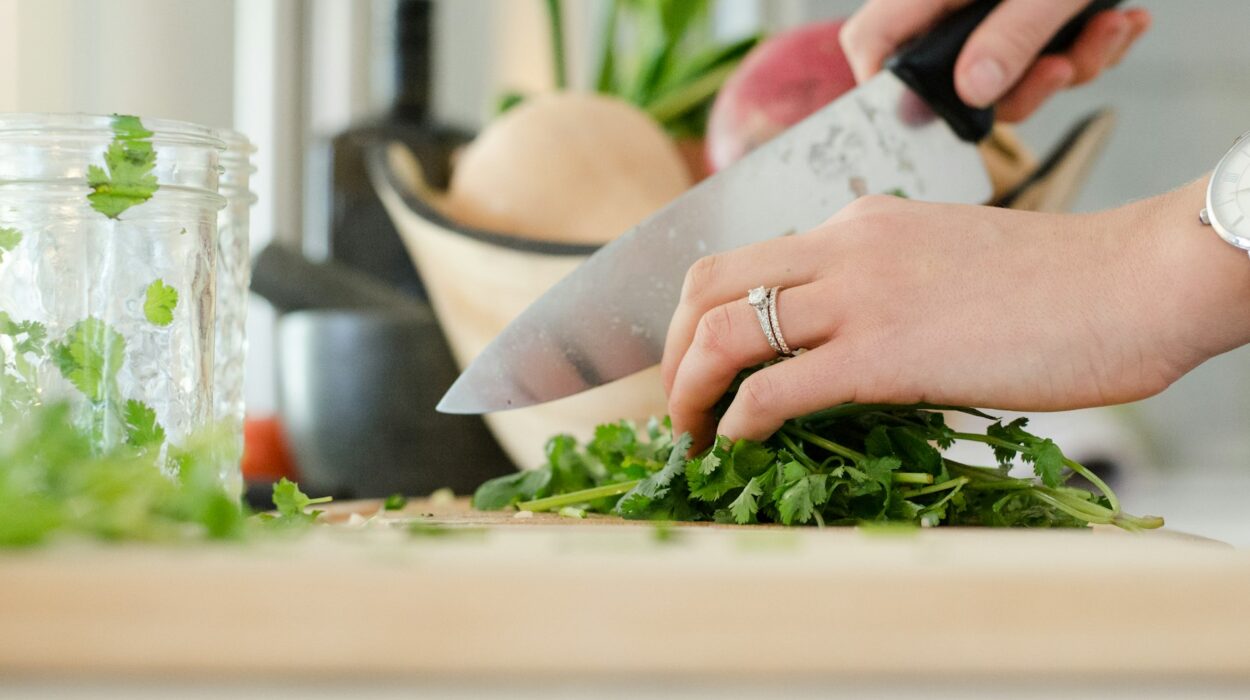Japanese knives are renowned for their exceptional quality and precision. Their unique craftsmanship makes them essential in any kitchen, especially for kitchen hobbyists who appreciate the art of cooking. But how often should you sharpen your Japanese knife? Understanding the appropriate sharpening frequency is crucial to maintaining your knife’s razor-sharp edge.

A Brief Introduction to Japanese Knives
Japanese knives, often referred to as the samurai of kitchen tools, are celebrated for their sharpness, precision, and aesthetics. These knives are made from high-quality steel and are known for their longevity and performance.
Why Are They So Special?
The unique construction of Japanese knives involves forging the blade with high-carbon steel, which allows for a sharper edge that retains its sharpness longer than Western counterparts. This makes Japanese knives a coveted tool among culinary experts and enthusiasts.

Factors Affecting Sharpening Frequency
Several factors determine how often you should sharpen your Japanese knife. These include:
Usage Frequency
The more you use your knife, the quicker it will dull. A professional chef might need to sharpen their knife weekly, while a home cook might only need to do so monthly.
Type of Food
Cutting hard ingredients like bones or frozen foods can dull your blade faster than slicing fruits and vegetables. Be mindful of what you’re cutting to gauge when your knife needs sharpening.
Maintenance Practices
Regular honing and proper cleaning can significantly extend the time between sharpening sessions. For more information on proper knife maintenance, visit this guide.

Signs That Indicate Your Knife Needs Sharpening
Knowing when your knife needs sharpening is crucial. Here are some signs to watch out for:
Difficulty in Cutting
If you find it hard to cut through ingredients with ease, its a clear sign that your knife needs sharpening.
Uneven Cuts
A sharp knife should produce clean, even cuts. If your slices are ragged or uneven, it’s time to sharpen your blade.
Increased Pressure
If you need to apply more force than usual to cut something, your knifes edge has likely dulled.

The Importance of Regularly Sharpening Your Knife
Regularly sharpening your knife is essential for several reasons:
Safety
A dull knife requires more force to cut, increasing the risk of slipping and causing injuries. Keeping your knife sharp ensures safer handling.
Efficiency
A sharp knife cuts more efficiently, saving you time and effort in the kitchen.
Longevity
Regular sharpening keeps your knife in excellent condition, extending its lifespan.
How Often Should You Sharpen Your Japanese Knife?
While the exact frequency depends on individual usage and maintenance habits, a general guideline for home cooks is to sharpen their Japanese knife every 1-2 months. For professional chefs, once a week might be more appropriate.
Besides regular sharpening, honing your knife before or after each use can help maintain its edge between sharpening sessions. For more detailed instructions on honing and sharpening, check out this article.
Methods of Sharpening Japanese Knives
There are various methods to sharpen your Japanese knife. Here are the most effective ones:
Using a Whetstone
A whetstone is a popular choice among professional chefs and enthusiasts. The whetstone offers precise control over the sharpening angle and is effective in restoring the knife’s edge.
Sharpening Rods
Sharpening rods, usually made of ceramic or steel, are convenient for quick sharpening but may not provide the same precision as a whetstone.
Electric Sharpeners
Electric sharpeners are user-friendly and fast but can sometimes wear down the blade faster than manual methods.
Step-by-Step Guide to Sharpening with a Whetstone
Heres a simplified guide to sharpening your Japanese knife using a whetstone:
Preparing the Stone
Soak the whetstone in water for about 10-15 minutes to ensure proper lubrication during sharpening.
Sharpening Process
Hold the knife at a 15-20 degree angle and gently slide it along the stone in a sweeping motion. Repeat on both sides of the blade until sharp.
Finishing Touch
Rinse the knife and stone, then dry them thoroughly to prevent rust and corrosion.
Tips for Maintaining a Sharp Japanese Knife
Besides regular sharpening, here are some tips to ensure your knife stays sharp:
Proper Storage
Store your knife in a knife block, magnetic strip, or knife guard to prevent dulling from contact with other utensils.
Avoid Hard Surfaces
Refrain from cutting on glass, stone, or metal surfaces. Use wooden or plastic cutting boards instead.
Regular Honing
Use a honing rod to align and straighten the blade’s edge between sharpening sessions.
Common Mistakes to Avoid While Sharpening
Avoid these mistakes to ensure effective sharpening:
Incorrect Angle
Maintaining the correct sharpening angle is crucial for an even edge. Practice holding the knife at a consistent angle.
Insufficient Lubrication
Failing to properly lubricate the whetstone can result in an ineffective sharpening process.
Skipping Honing
Neglecting to hone your knife regularly can lead to more frequent sharpening sessions and faster wear.
Benefits of Owning a Japanese Knife
Japanese knives offer numerous benefits:
Superior Sharpness
They provide unmatched sharpness, making them ideal for precision cuts.
Lightweight and Balanced
The ergonomic design ensures comfortable handling and reduced fatigue.
Aesthetic Appeal
The craftsmanship and design of Japanese knives make them visually stunning additions to any kitchen.
Choosing the Right Japanese Knife
Selecting the right Japanese knife depends on your culinary needs. Some popular types include:
Gyuto (Chef’s Knife)
A versatile all-purpose knife suitable for most cutting tasks.
Santoku Knife
Ideal for slicing, dicing, and chopping with a shorter, more maneuverable blade.
Deba Knife
Specialized for filleting fish and cutting through meat and bones.
For more information on different types of Japanese knives, you can read here.
Conclusion
Maintaining the edge of your Japanese knife through regular sharpening is essential for both performance and safety. Whether you’re a professional chef or a kitchen enthusiast, understanding how often to sharpen your knife will help you get the best out of this tremendous tool.
FAQs
How do I know if my Japanese knife is sharp enough?
A sharp knife should easily cut through a piece of paper or slice a tomato without squishing it. If you experience any resistance, it’s time to sharpen.
Can I use a sharpening stone on all types of Japanese knives?
Yes, a whetstone can be used on all types of Japanese knives. Just ensure to use the correct grit for the knife’s condition.
What’s the difference between sharpening and honing?
Sharpening removes material from the blade to create a new edge, while honing realigns the blade’s edge without removing material.
For further details on different kitchen knives and their uses, visit this external link for more insights.
As an Amazon Associate, I earn from qualifying purchases.


